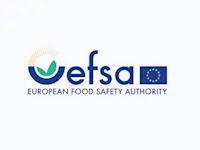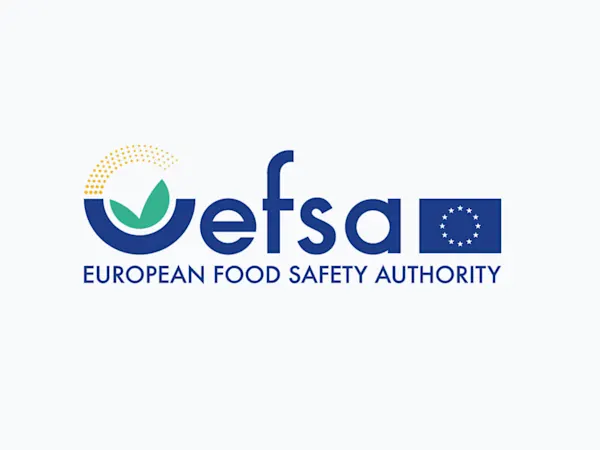
Illinois to Ban Nonbiodegradable Plastic Glitter in Personal Care Products by 2029
Illinois will prohibit nonbiodegradable plastic glitter in personal care products by 2029, impacting manufacturers, retailers, and regulators alike.


The U.S. Environmental Protection Agency (EPA) has released an updated draft human health risk assessment (HH DRA) for malathion, a widely used organophosphate pesticide. This revision amends the 2016 assessments for dietary, occupational, and residential exposures with new information and methodologies, concluding that malathion poses no human health risks when used as directed.
Malathion serves a critical role in agriculture and public health, targeting pests on a variety of plants and controlling mosquito populations. With mosquito-borne diseases such as West Nile and Zika virus posing serious health threats, exacerbated by climate change, malathion's effectiveness in mosquito control is vital for preventing disease in the U.S., especially in densely populated and high-risk areas.
The comprehensive assessment focused on malathion and its metabolite malaoxon, which can inhibit the acetylcholinesterase enzyme, affecting the nervous system in insects and potentially in mammals at certain exposure levels. Notably, the updated HH DRA utilized modern scientific techniques, including a physiologically based pharmacokinetic-pharmacodynamic (PBPK) model, to provide a refined human toxicity estimation across different age groups and exposure routes. This approach, alongside updated dietary and exposure data, supports the finding of no significant human health risks.
The updated assessment incorporates advanced methodologies:
A key component of the updated assessment was the weight of evidence (WOE) analysis, especially in determining the FQPA safety factor. By evaluating all relevant evidence, including epidemiological and animal toxicity studies, the EPA was able to refine its safety margins, demonstrating the agency's commitment to evidence-based assessments.
The EPA is in the process of finalizing the human health and ecological risk assessments for malathion, with decisions expected later this year. Public comments will be solicited on both the HH DRA and the ecological DRA as part of the proposed final decision (PFD) process. This comprehensive review, including endangered species and endocrine disruptor considerations, aims to ensure malathion's safe use and regulatory compliance.
Foresight continuously tracks 1000s of sources and maps updates to your portfolio:




Illinois will prohibit nonbiodegradable plastic glitter in personal care products by 2029, impacting manufacturers, retailers, and regulators alike.

ChemSec updates the SIN List with neurotoxicants, spotlighting brain-damaging chemicals and urging EU regulators to act swiftly on these hidden threats.

EFSA launches consultation on updating its Weight of Evidence and Biological Relevance guidance, aiming to streamline chemical risk assessment practices.
Subscribe to Foresight Weekly and get the latest insights on regulatory changes affecting chemical compliance.
Free forever. Unsubscribe anytime.
Read by professionals at